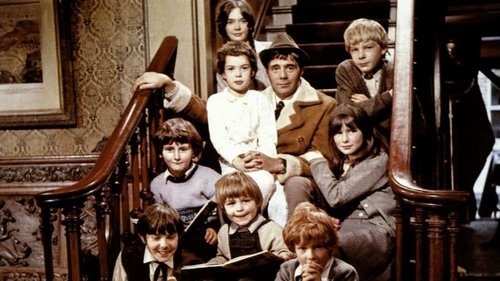

No streaming providers available

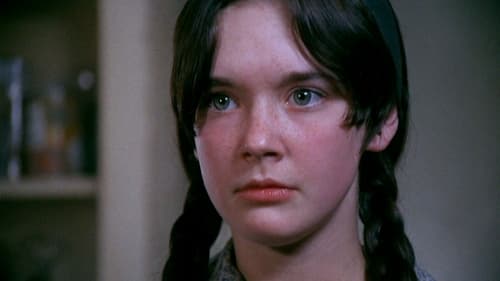
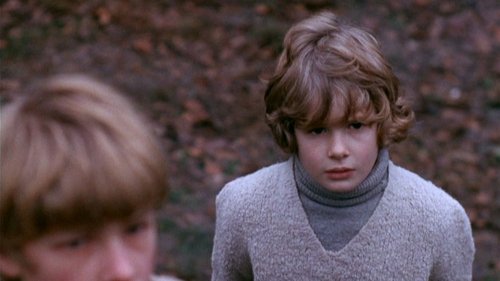
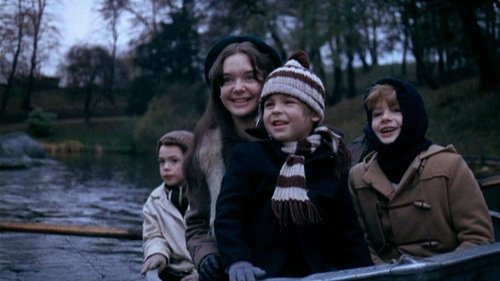
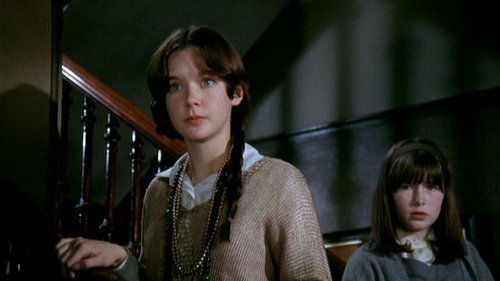
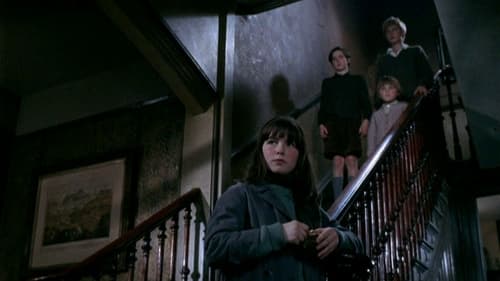
John Chard
Go Away, Go Away, Go Away! Our Mother’s House is directed by Jack Clayton and adapted to screenplay by Jeremy Brooks and Haya Harareet from the novel of the same name written by Julian Gloag. It st...
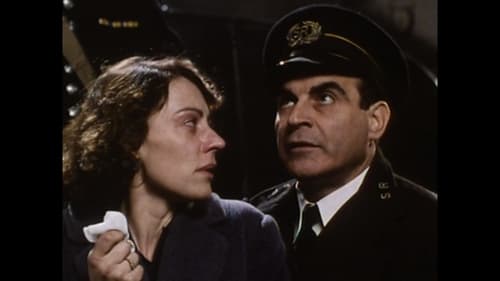
In wartime England, railway official Ruben Roberts discovers that his wife was sexually abused as a child by the Chairman of the Line, also her godfather. With her assistance, Ruben plots murder on the Brighton Express.
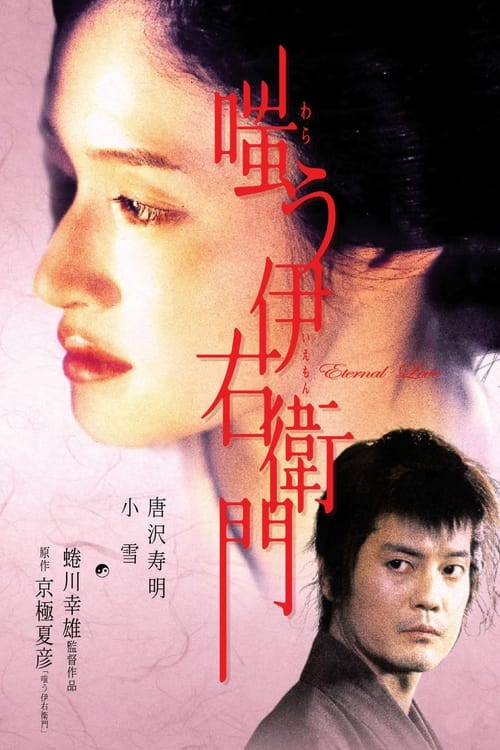
Having put down his sword and given up the will to fight, the masterless samurai Iemon lives in solitude while being haunted by his violent enigmatic past...

David, a robotic boy—the first of his kind programmed to love—is adopted as a test case by a Cybertronics employee and his wife. Though he gradually becomes their child, a series of unexpected circumstances make this life impossible for David.
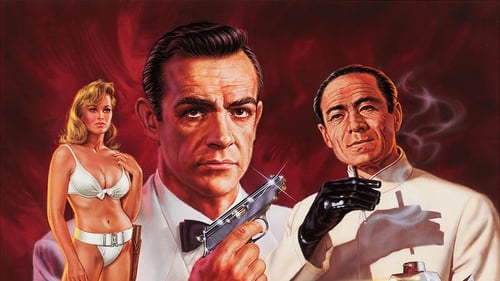
Agent 007 battles mysterious Dr. No, a scientific genius bent on destroying the U.S. space program. As the countdown to disaster begins, Bond must go to Jamaica, where he encounters beautiful Honey Ryder, to confront a megalomaniacal villain in his massive island headquarters.

A man wanders out of the desert not knowing who he is. His brother finds him, and helps to pull his memory back of the life he led before he walked out on his family and disappeared four years earlier.
Subscribe for exclusive insights on movies, TV shows, and games! Get top picks, fascinating facts, in-depth analysis, and more delivered straight to your inbox.